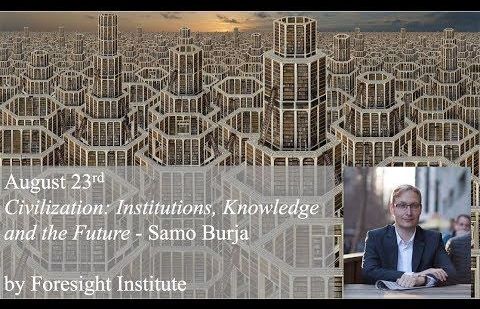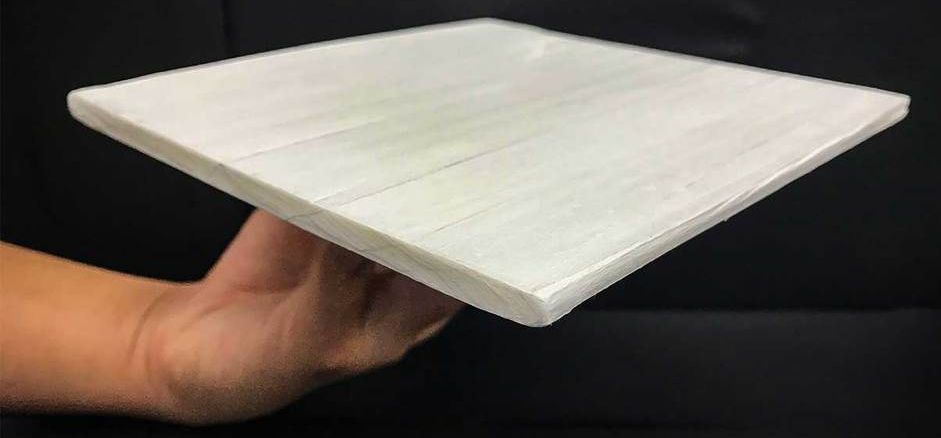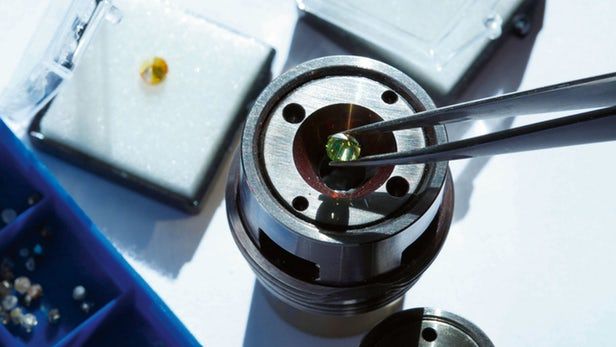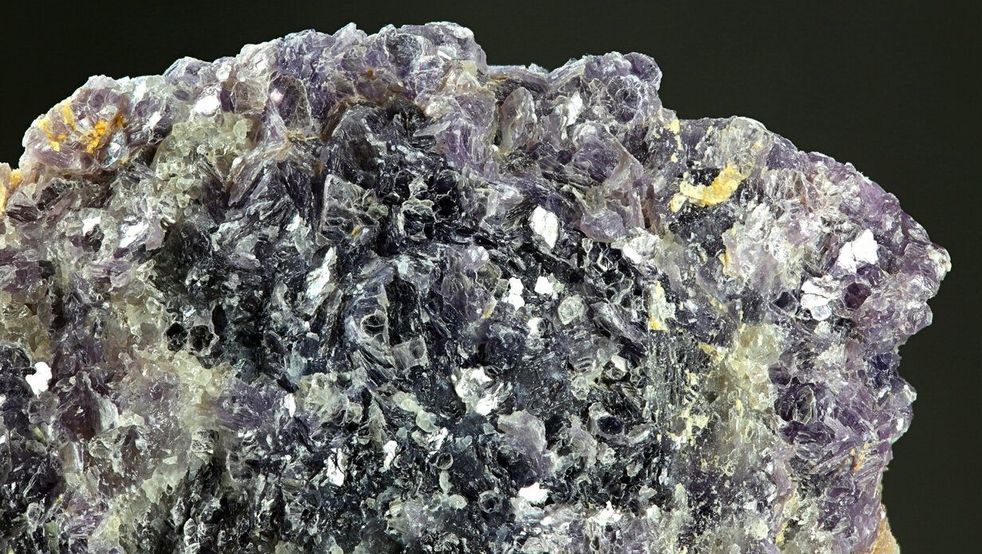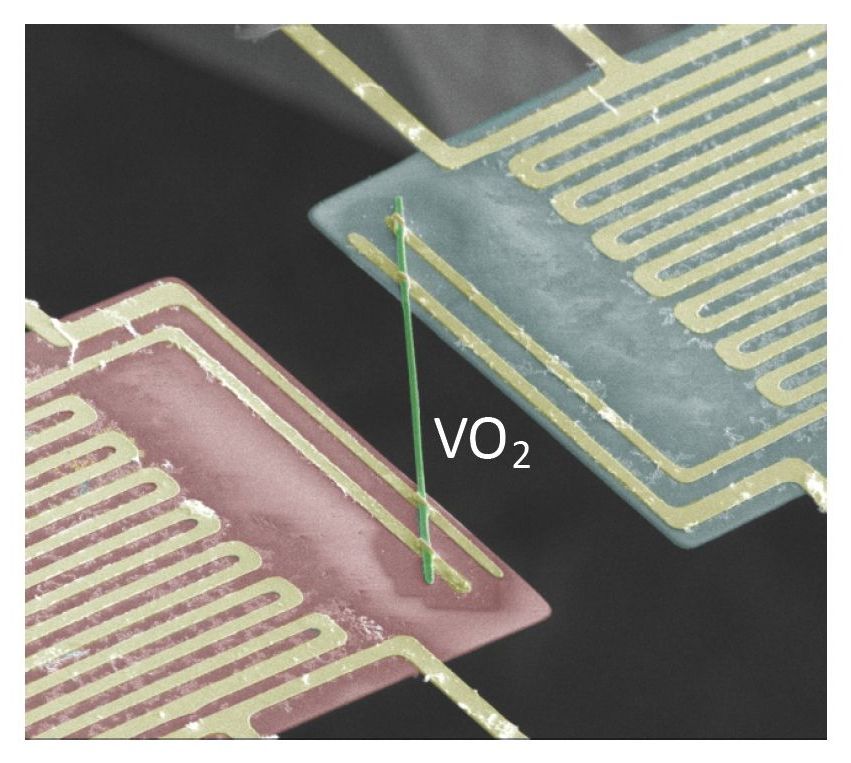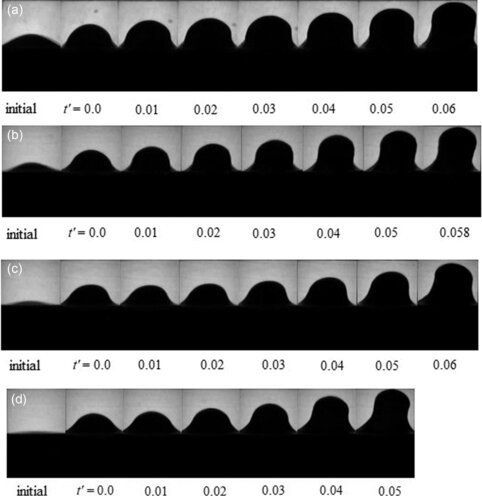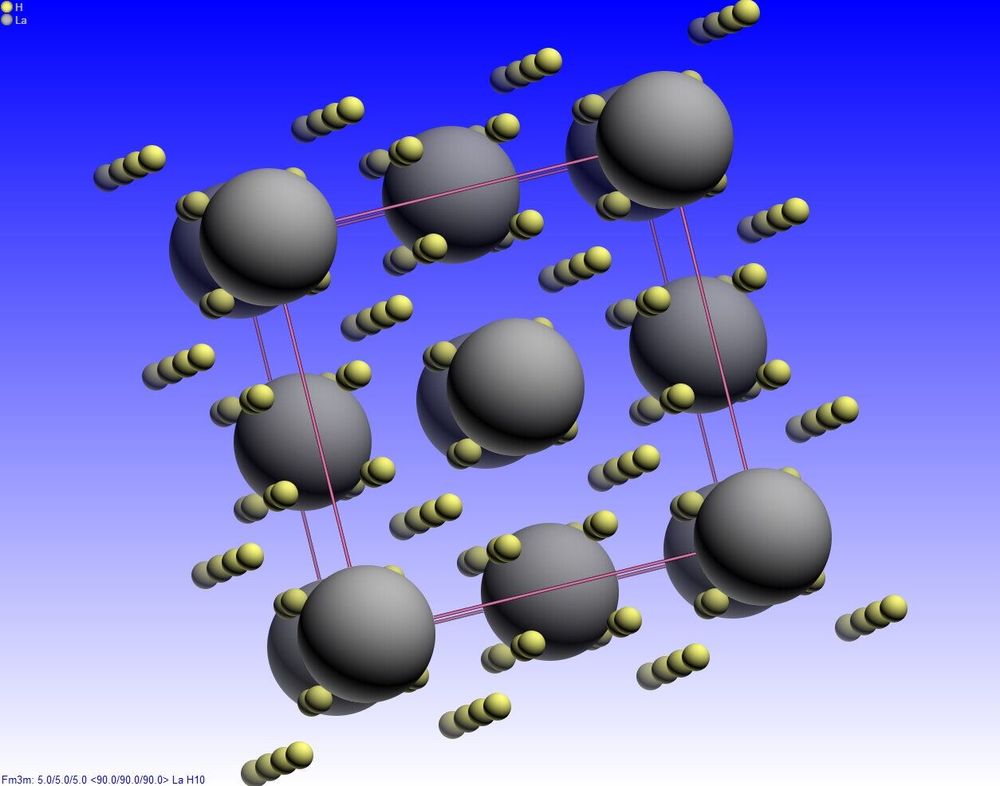Our civilization is made up of countless individuals and pieces of material technology, which come together to form institutions and interdependent systems of logistics, development and production. These institutions and systems then store the knowledge required for their own renewal and growth.
We pin the hopes of our common human project on this renewal and growth of the whole civilization. Whether this project is going well is a challenging but vital question to answer.
History shows us we are not safe from institutional collapse. Advances in technology mitigate some aspects, but produce their own risks. Agile institutions that make use of both social and technical knowledge not only mitigate such risks, but promise unprecedented human flourishing.
Watch this video where we investigate this landscape, evaluate our odds, and try to plot a better course.
Samo Burja is a sociologist and the founder of Bismarck Analysis, a firm that analyzes institutions, from governments to companies. His research work focuses on the causes of societal decay and flourishing. He writes on history, epistemology and strategy.
Tweets by SamoBurja
https://medium.com/@samo.burja
